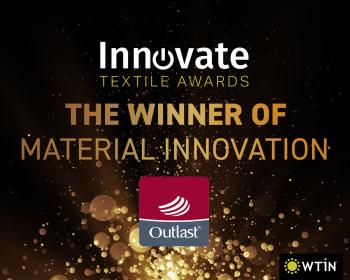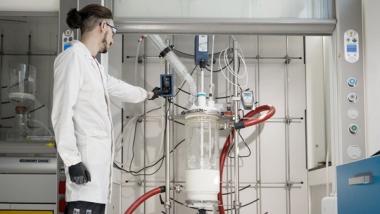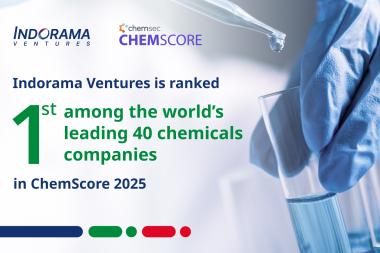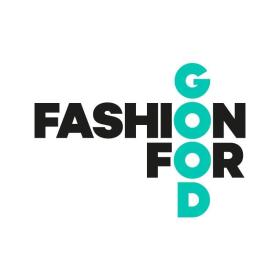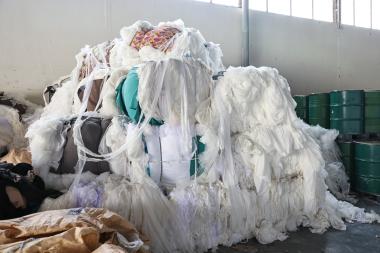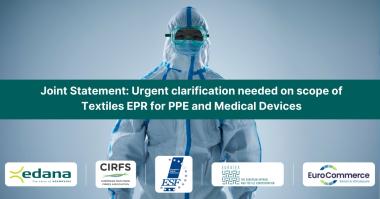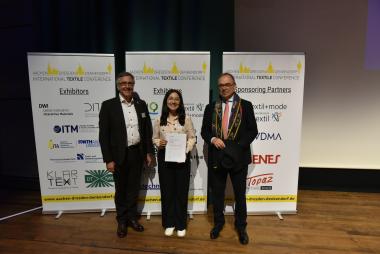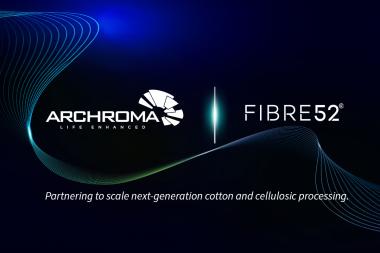Suominen: Restricted share unit plan for key employees
The Board of Directors of Suominen Corporation has resolved to establish a new share-based incentive plan for selected key employees of the group. The purpose of the plan is to align the interests of the company’s shareholders and key employees to increase the company’s value in the long-term, to commit key employees to the company and to offer them a competitive incentive plan based on receiving the company’s shares.
The plan is intended to be used as a tool in situations seen necessary by the Board of Directors, for example ensuring retention of key talents to the company, attracting a new talent or other specific situations determined by the Board of Directors.
The Board of Directors may allocate rewards from the Restricted Share Unit Plan 2026—2028 during financial years 2026—2028. The value of the rewards to be paid on the basis of the plan corresponds to a maximum total of 200,000 shares of Suominen, including also the proportion to be paid in cash. The target group of the plan consists of key employees selected by the Board, including members of the Leadership Team and the CEO.
The rewards will be paid by the end of May 2029, but in any event minimum twelve (12) months after the determination of the reward opportunity. The reward is based on a valid employment or director contract and on the continuity of the employment or service.
The reward will be paid partly in Suominen’s shares and partly in cash. The cash proportion of the reward is intended to cover taxes and statutory social security contributions arising from the reward to the key employee. As a rule, no reward will be paid if the key employee’s employment or director contract terminates before the reward payment. The Board may impose a share holding obligation on the shares delivered as reward.
Suominen Corporation














